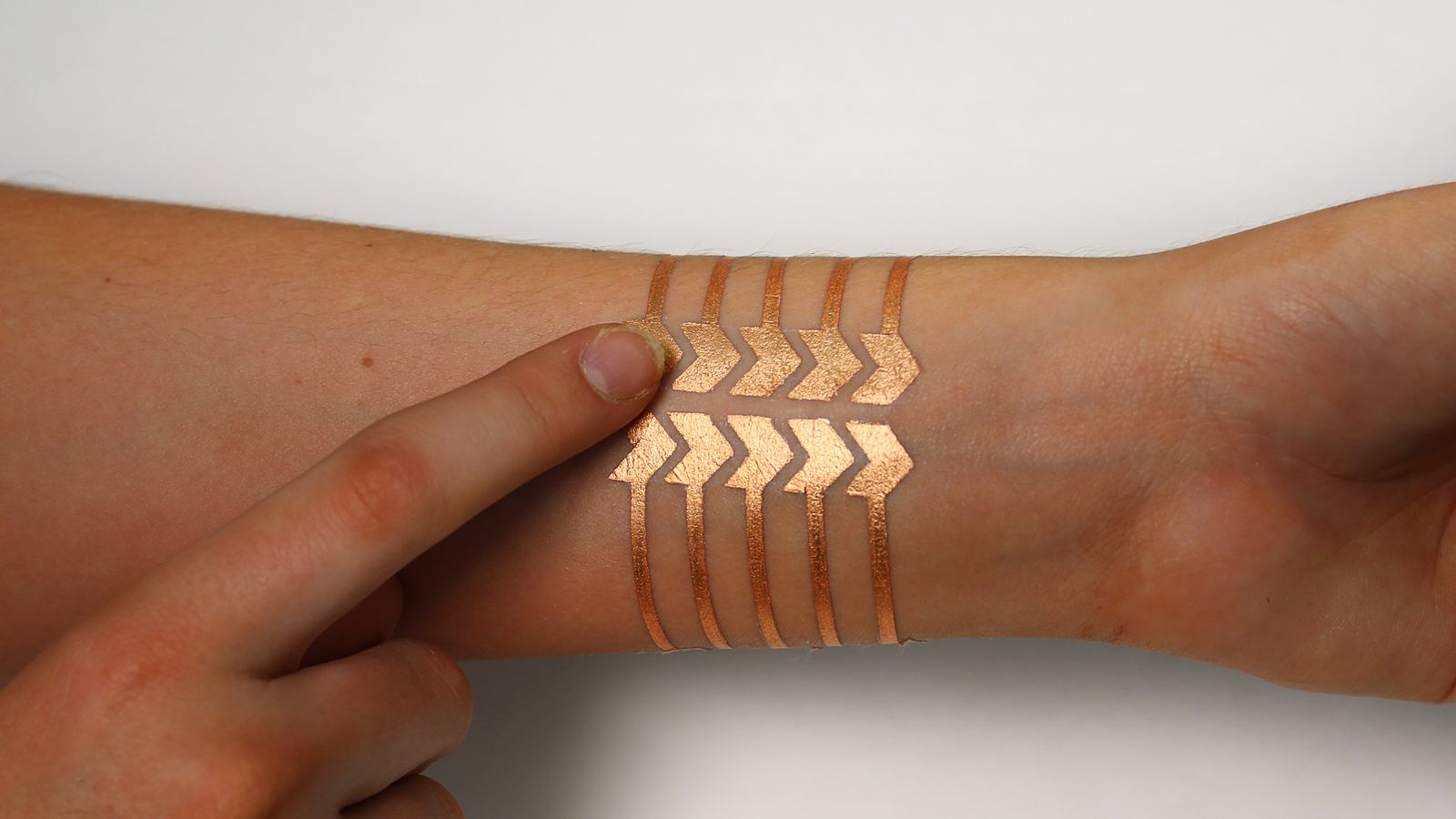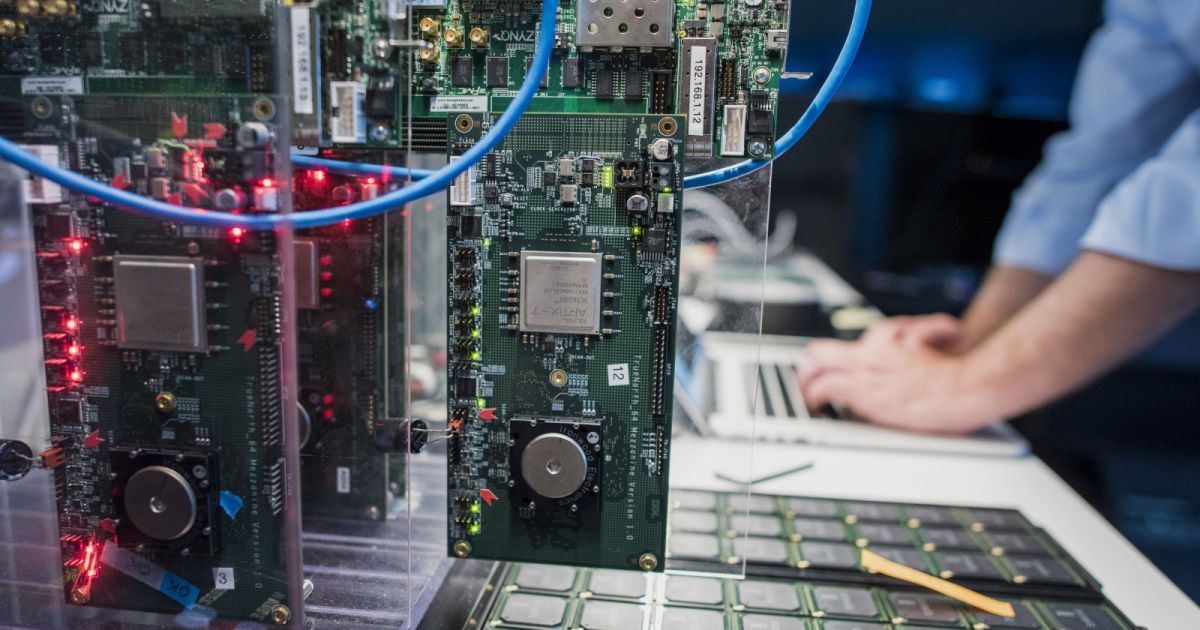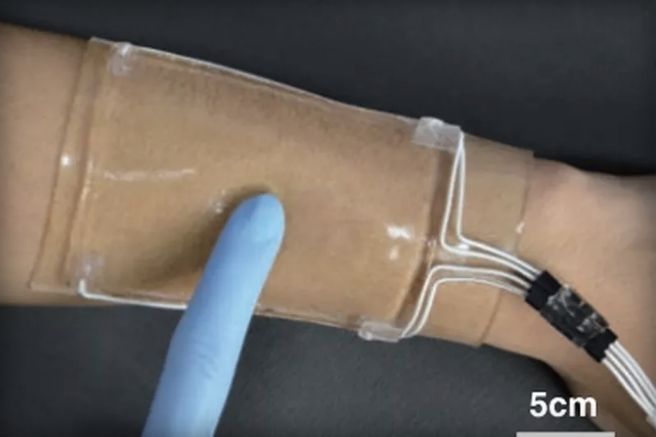Aug 17, 2016
MIT and Microsoft Research made a ‘smart’ tattoo that remotely controls your phone
Posted by Elmar Arunov in categories: mobile phones, wearables
A group of PhD students from the MIT Media Lab and researchers from Microsoft Research have come up with the ultimate wearable: a temporary tattoo that can turn into a touchpad, remotely control your smartphone, or share data using NFC.
The technology, which is described on MIT’s website and will be presented in full at a wearables symposium next month, is called DuoSkin. The researchers say you can design a circuit using any graphic software, stamp out the tattoo in gold leaf (which is conductive to electricity), and then apply other commodity materials and components that would make the tattoo interactive.
The paper presents three key use cases for the tattoo: you could use it to turn your skin into a trackpad, design it to change color based on temperature, or pull data from the tattoo. In one photo shared by MIT the tattoo even includes LED lights, creating a kind of glowing display on the skin.


















